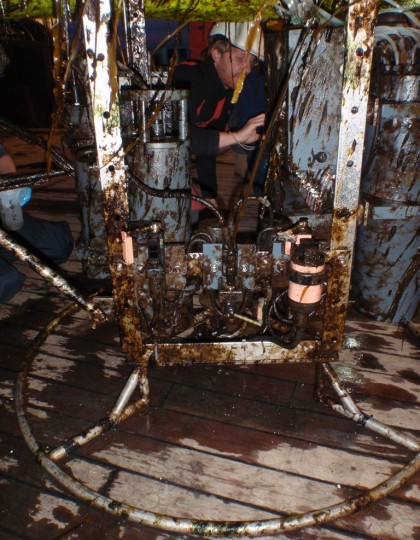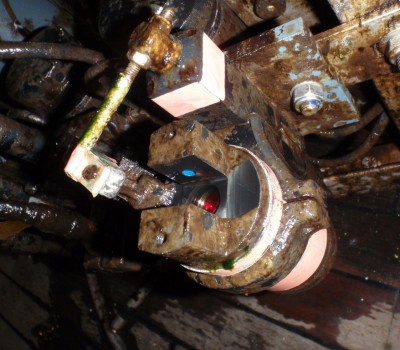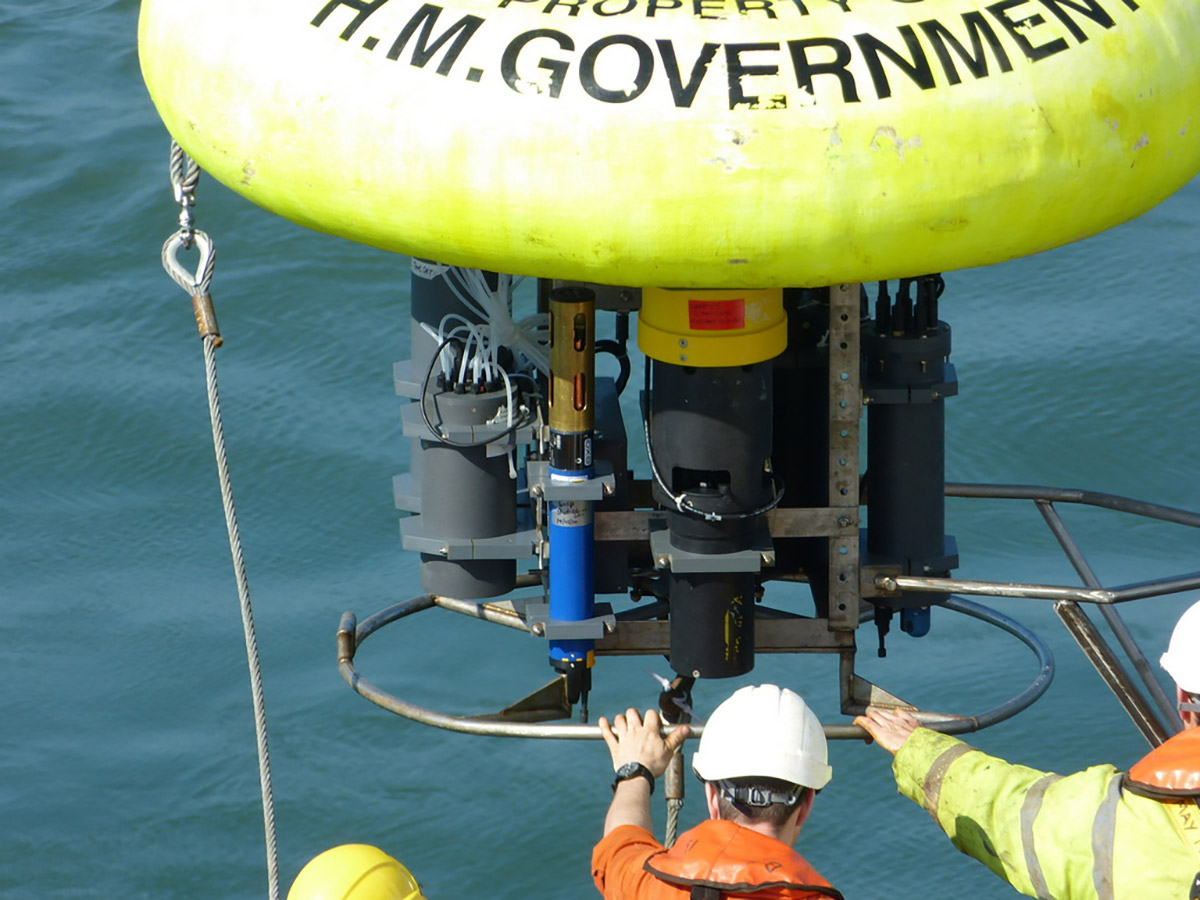Keeping Optical Sensors Clean
Tom Hull, Marine Observation Scientist for CEFAS, took the time to share his experience of the use of Hydro-Wipers on their SmartBuoy.
Background
As the UK’s “most diverse applied marine science centre”, CEFAS (The Centre for Environment, Fisheries and Aquaculture Science in the UK) helps to shape and implement policy through their “internationally renowned science and collaborative relationships that span the EU, UK government, non-governmental organisations, research centres and industry”.
They achieve this through collecting, managing and interpreting environmental, biodiversity and fisheries data including through their annual nutrient baseline survey in the North Sea using SmartBuoys.
Bio-fouling
Not very clean is it? Bio-fouling, especially among the buoys deployed closest to the shoreline, can interfere with data gathering within a fortnight. Hardly ideal when trying to run an extensive long term Eutrophication monitoring program.

The SmartBuoy as it looked prior to deployment.

The SmartBuoy after 3 months deployment.

Seapoint turbidity sensor after a 3 month deployment in the North Sea. The sensor is still free from bio-fouling.
Real savings with Hydro-Wipers
This SmartBuoy forms part of a network of water quality buoys placed at key locations around the UK shelf.
As you might expect, the maintenance program required to keep this network going is costly and labour intensive. The CEFAS Endeavour, a research ship is used to swap out each SmartBuoy with a replacement on a pre-planned schedule.
Despite this maintenance program, data quality can be compromised by bio-fouling in a very short time. As it is prohibitively costly to constantly check and clean instruments, a viable bio-fouling solution is needed to extend deployment times without risking data loss.
Hydro-Wipers provide real cost saving benefits
Keeping optical sensors clean
Tom explains that “The Dowsing SmartBuoy is equipped with our CEFAS built and designed ESM2 data logger, which is fitted with a range of sensors including the Aanderaa Optode, Seapoint Chlorophyll Fluorometer and Optical Backscatter sensors which are coupled with the ZebraTech Hydro-Wipers”.


“CEFAS Endeavour 242” by RHaworth – Own work. Licensed under Creative Commons Attribution-Share Alike 3.0 via Wikimedia Commons.
The Results
“Biofouling is the primary cause of data loss at our coastal sites and the use of the ZebraTech Hydro-Wipers has enabled us to extend the length of our deployments, significantly reducing the amount of ship time the program requires”.
“The sensors have not been damaged by the wiping action. This is particularly important for the Oxygen sensors which have a thin permeable membrane rather than a hard quartz glass”.
Hydro-Wipers are extremely robust and engineered to exacting standards by ZebraTech.
More about the SmartBuoy
“SmartBuoy has been developed to provide a reliable, cost effective platform that can collect physical, biological and chemical data over extended periods (> 1 yr). Its introduction into the UK marine monitoring programme is important for the development of an effective monitoring strategy for improved assessment of nutrient status and ecosystem responses against a background of increased concern over the health of European coastal seas”.
While primarily targeted at eutrophication monitoring, they also serve as valuable R&D platforms and provide essential observations for climate, biogeochemical and ecosystem models.

